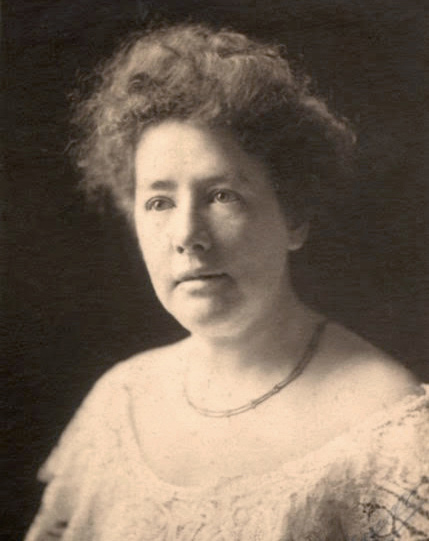Margaret Bancroft

Chelsea
In mid-nineteenth-century America, there were few opportunities for young people with disabilities to go to school. Prejudice abounded, and the public and private schools that did exist were generally focused on more privileged white deaf and blind children.
One person who recognized these inequities was Margaret Bancroft. Born in 1854, Margaret always loved school. After she graduated from the Philadelphia Normal School, she became a fifth grade public school teacher. She was beloved by her students and took a particular interest in children who had trouble studying. Rather than write them off, she figured out why they were struggling; some had vision impairments, deafness, or cognitive challenges. She often consulted with doctors to identify the best way to tailor her teaching to the individual needs of her students. The way she saw it, it was a teacher’s responsibility to find the best ways to educate children with disabilities—not a child’s or a family’s. When one of those same doctors suggested she start a school of her own, she boldly announced that she planned to resign in order to do so. Members of her school board tried to convince her to stay; one man told her that it was selfish for such a talented teacher to waste her potential on students who were less worthwhile. Margaret reportedly replied that every child deserved to learn.
Margaret fiercely believed in the potential of all students to learn, as long as they had the right environment, with dedicated attention, patience, and compassion. In 1883, she founded the Haddonfield Training School, which took an innovative approach, emphasizing nutrition, exercise, and sensory and artistic instruction—elements that were far from standard at schools for the deaf and blind, or even more “conventional” schools.
“Above all, we need a more optimistic spirit, a more affirmative point of view in handling our exceptional children. There is too much of a tendency to pronounce difficult cases hopeless, and to pack them off to the custodial schools.”
—MARGARET BANCROFT
At a time when most children with disabilities were excluded from schools, hidden away by their families, and even institutionalized, Margaret’s approach was radical. And while she was encouraged by others who shared her vision, she also faced derision from people who shared the sentiments of her previous board members: that some kids simply weren’t worth the effort.
Margaret was undaunted, even when only one student enrolled for the first semester at her new school. Anxious though she must have been, she persevered. Enrollment quickly grew, and by 1892, she had to move to a larger space. Though it was a boarding school, Margaret did not keep students confined to campus. Haddonfield students went on nature trips and visited museums and the circus. She wanted her students to see the world; she refused to believe any of them were “hopeless.” Margaret provided a loving home, as well as methods of treatment that were years ahead of their time. And she got results: Children and adults with severe disabilities were able to get the support they needed to thrive in school, stay in their communities, and eventually get jobs.
In 1898, Margaret reincorporated her school as the Bancroft Training School. She didn’t only teach students, she also trained teachers. Some of those teachers stayed at Bancroft, while most eventually left, taking Margaret’s ethos and methodology to other schools across the country. Many of the subsequent leaders in the early twentieth century of special education trained under Margaret.
Beyond Bancroft, Margaret urged the medical establishment to change their approaches to treating patients with disabilities. At a speech to the Women’s Medical College of Pennsylvania in 1907, she championed the idea that medical students had a responsibility to treat everyone regardless of ability. She advocated for schools for deaf and blind children to take a more individualized approach to education. In her writings, she also pushed for eliminating terms like “idiot” and “imbecile” completely, and for children and adults with disabilities to have a place in society. She hosted the first meeting of the Haddon Fortnightly, a women’s club, to help support women’s educational and social interests beyond their homes. Haddon Fortnightly still exists. So does Bancroft, which continues to focus on serving a diverse population, from young learners through senior citizens, at outpatient, day, and residential programs. It has an especially illustrious history of producing many Special Olympians. Margaret Bancroft dared to reinvent the possible for children with disabilities—and the impact of her work continues to this day.